Baptisia Australis – False Indigo is a Garden Rattlesnake
How to Grow Baptisia Australis – False Indigo
Baptisia Australis, also known as False Indigo, is a fantastic native plant (order LIVE plants here).
Native plants are often quite versatile as well as beautiful; baptisia is definitely one of those plants. This herbaceous, branching plant with tall late spring flowering racemes can be a significant contribution to both native landscapes and traditional garden designs. American Colonists and Native Americans used the flower of the plant to make indigo colored dyes and boiled the roots of the plant to create an antiseptic. Modern day medicinal uses of the plant include antiseptic and laxative purposes. While Baptisia is considered edible, caution must be used in administering it as too much of the plant can be toxic. Baptisia is long lived and remarkably tough and reliable. Faded blooms convert into interesting black seed pods which sound like a rattle snakes tail when shaken.
1. When, Where, and How to Plant Baptisia Australis
Baptisia tend to sprawl in part shade, so it is best to position in full sun. They require good drainage and a medium-fertile soil. Amend soil to create proper drainage if necessary. Start from plant or seed. Keep placement in mind as baptisia has a large taproot that does not like to be disturbed. Seeds perform better when exposed to up to six weeks of cold conditions, most likely blooming in the second year. Baptisia will self-seed, but the plants are very slow growing so will take many years to flower.
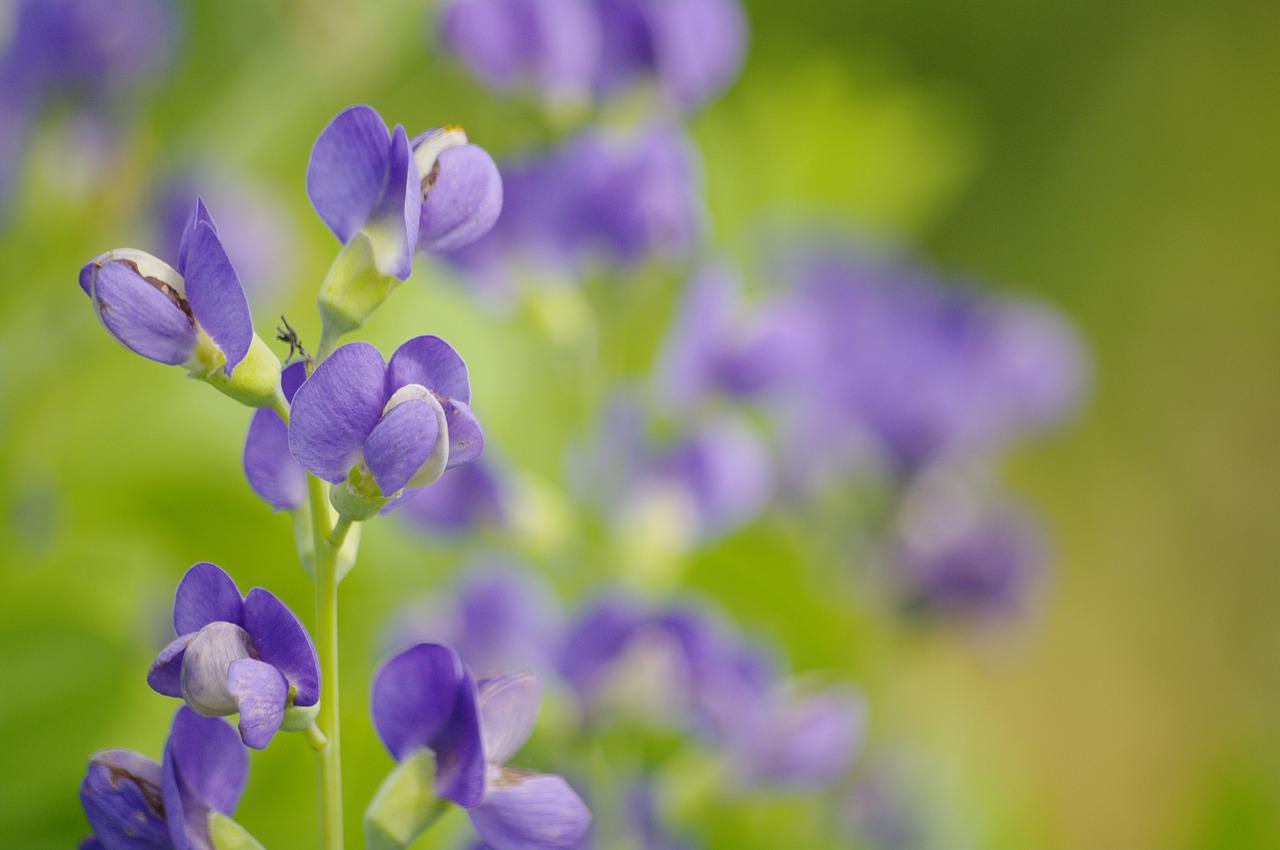
2. Best Growing Tips for False Indigo
Water well the first season. Ignore the plant thereafter as it typically requires no watering, no fertilization, and no fungal treatment. Without a doubt this is one of the easiest plants to grow. A surprising benefit of the Baptisia plant is that it will help add nitrogen to the garden soil it is planted in. This occurs because all baptisia plants belong to the Fabaceae or pea family, and pea plants naturally return nitrogen to the soil.
3. Garden Growing Advice and Care for Baptisia
Should baptisia become too floppy or take over an area in the garden, feel free to cut back the plant by one quarter to one third. Leave the black seed pods on for winter interest. Should you want to prevent self-sowing, simple cut the seed pods out as soon they form.
Plant en masse or in drifts for a more prairie-like appearance. Because it only blooms in early spring, most of the summer baptisia can be an astounding green backdrop for native plants such as blazing star, butterfly weed, beardtongue, and tickseed. To create a cottage garden look, consider mixing baptisia with peony, foxglove, lilies, catmint, and lamb’s ears.
4. Try These Varieties of Baptisia Australis
‘Solar Flare’ is vigorous. It has up to 100 flower stems and lemon-yellow flowers that take on an orange to violet blush with age. ‘Midnight’ has deep midnight blue flowers and a double bloom cycle, extending its bloom time. ‘Twilite’ has violet-purple flowers with yellow keels and three year old plants can produce upward of a hundred flowering stems. There are dozens of new varieties coming out every spring.
What Happens to Baptisia Australis in a Northern Winter
A few winters ago, when I still lived in Illinois, I saw the red in the thermometer plummet. It gets cold and most of us hurry in and out of our homes as quickly as possible. Dressed up in layers, it is not always opportune to catch visions of nature. Quite frankly, in Chicagoland sub-zero weather, I am too busy running and thinking of my freezing body parts to look at the all-but-dead perennial beds next to my driveway.
Baptisia Sounds like a Rattle Snake When Dried
One day with arms loaded and knit cap pulled down past my eyebrows, I walked past an open car door and was absolutely certain I heard a rattle snake. No kidding. A rattle snake.
Convinced this was the winter I had finally lost my mind from garden-withdrawal, I dropped my armload and walked past the car again listening carefully. A long, dead and rather bony arm of Baptisia Australis – or False Indigo – was sticking out beyond the garden into the driveway. My coat caught it as I walked by and the now blackened seed heads trembled and waved as I past. The seeds were still thick inside the heads and were making a delightful rattling noise when I touched it. The wind had the same effect and I stood outside for a half hour or so playing with the seed heads like a little girl.
In the early summer False Indigo comes alive with color. Long flower spikes of purple flowers wave above the green foliage. Small flowers which resemble “Sweet Pea’s” in size appear along the spikes, although there is very little scent. The flower is delightful and attracts all matter of butterfly’s and even hummingbirds.
Native Plant Summer Flowering Spikes
Once the plants are established, it seems a completely indestructible plant and perfect for the often-salted by-way of my front drive. It is deer resistant, wet tolerant, tolerates salt, does not mind drought, and loves poor soil. Without a doubt, the beautiful Baptisia Australis is my choice for one of the best all around performing plants in the perennial bed.
When the flower spikes are spent and looking dreary I cut off about two thirds of the unattractive flowers spikes, then bend down the other third of the flower tops without removing them, mixing them in with the foliage.
Saving a third of the spikes assures me I will have seed to spread in the spring – or a rattlesnake in my garden during the winter. Either way, it puts a smile on my face and happiness in my heart.

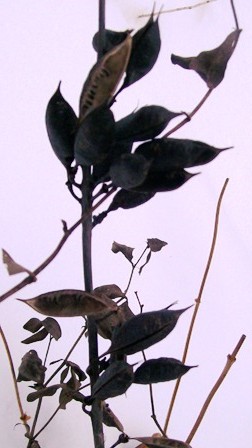
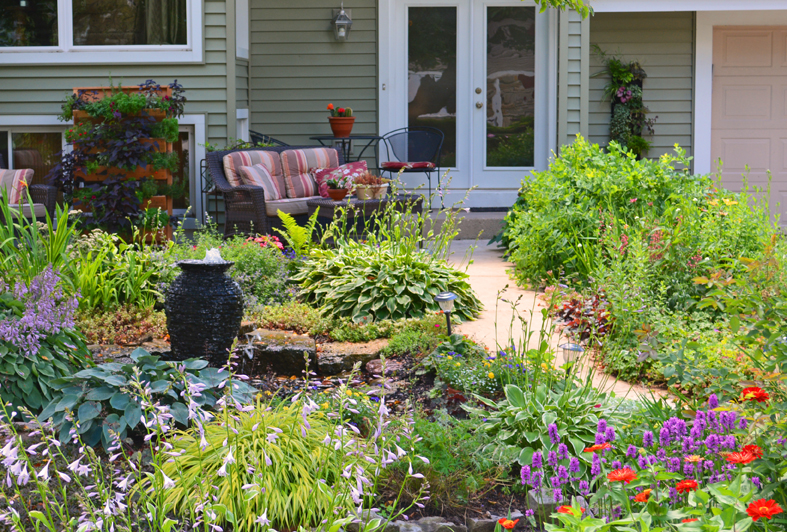
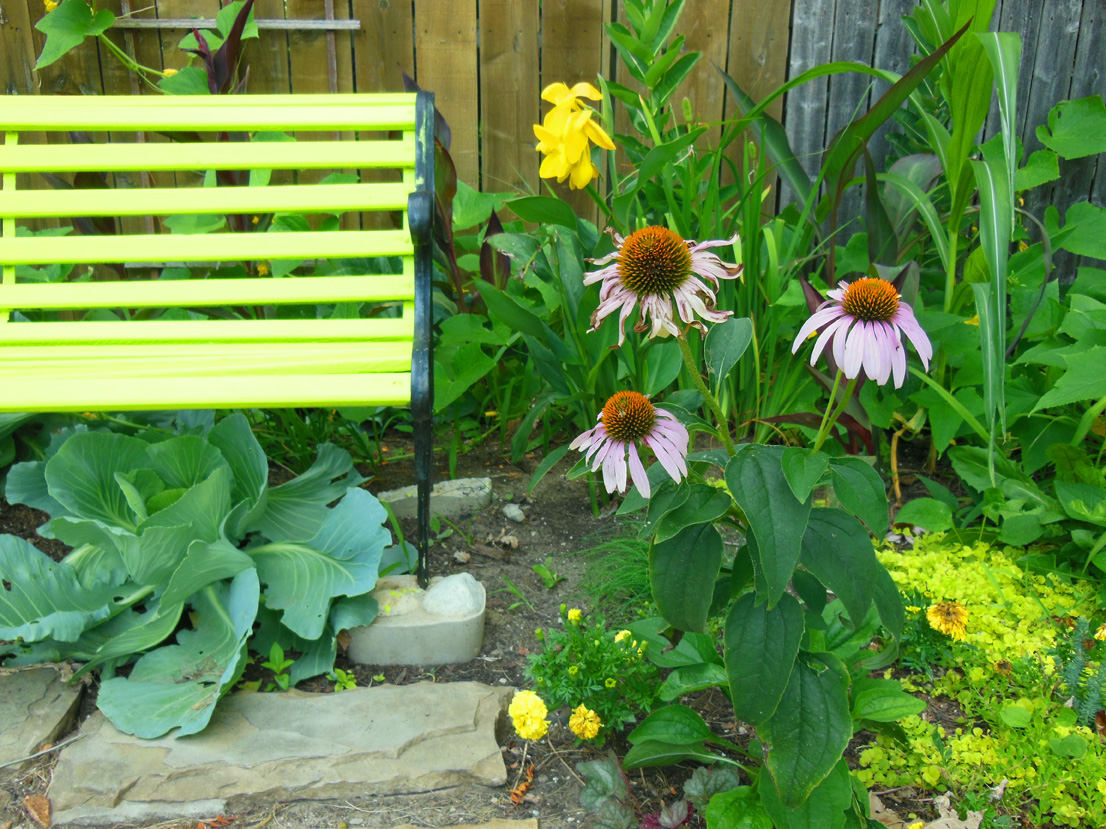
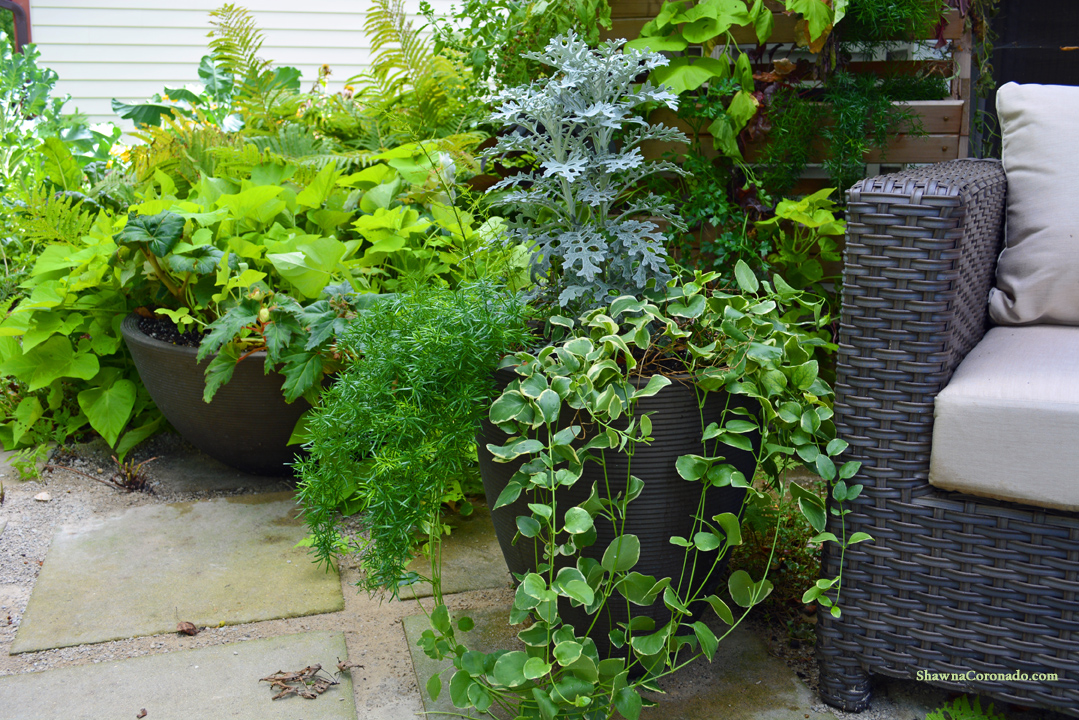
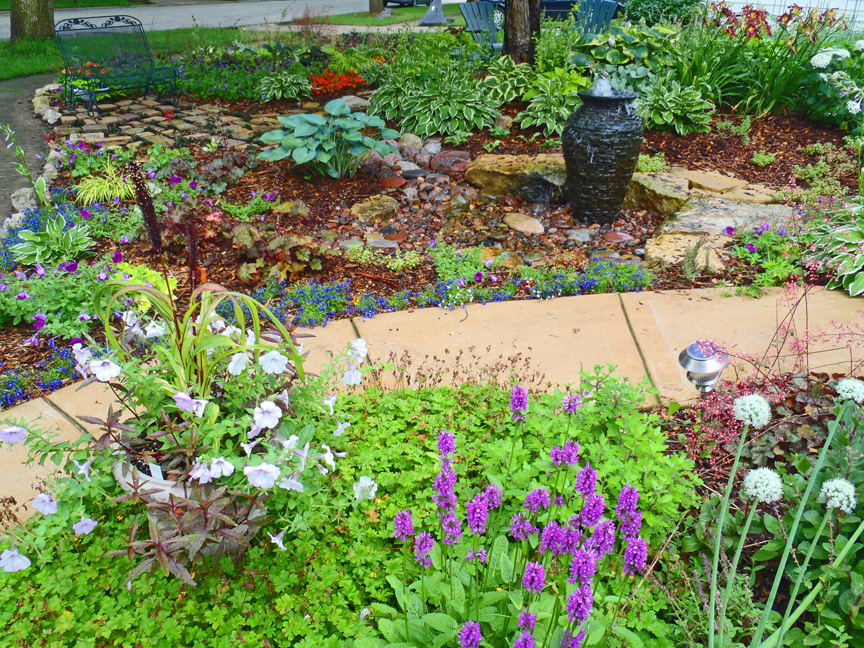

This may be my #1 perennial (of course that list changes daily) and cannot wait to see it emerge in spring. Greetings from NJ!
This weekend I planted some of the seeds you gave me last summer. Thanks so much. I look forward to them coming up!
It's an awesome plant – hope you enjoy!
Shawna
Hi Shawna! Do you remember me? I was traveling when we met! I love your baptisia photo. May I use it for my children’s garden club fb page. We are learning about pollinators. Hope you are,well!